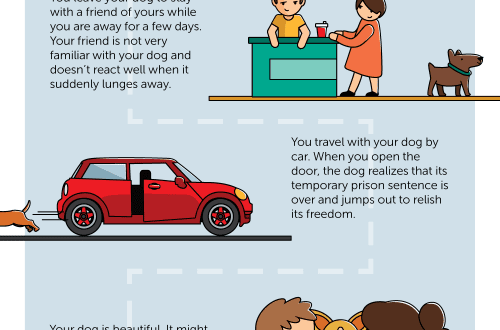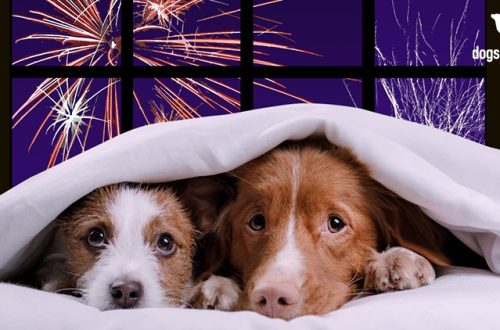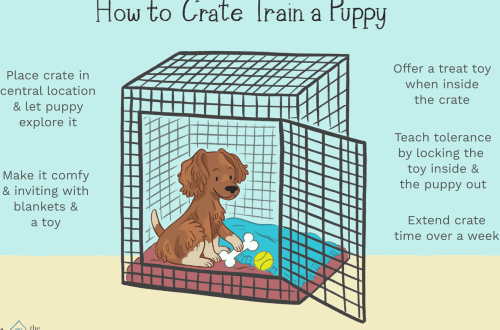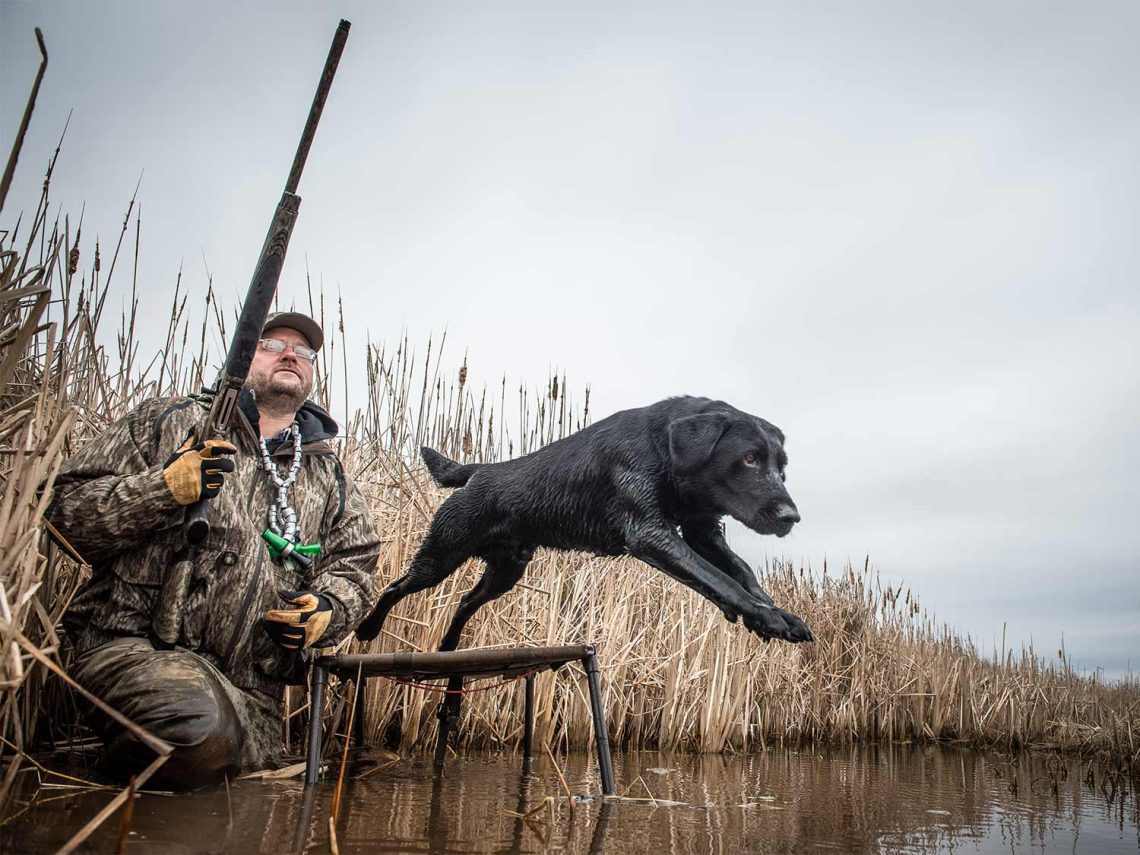
How to train hunting dogs?
During the general the dog develops skills that allow him to successfully manage his behavior, making the dog a problem-free member of the family and the locality where he lives with the hunter. Any dog must be well-mannered. In addition, obedience skills allow you to control the dog when it is used for its intended purpose, that is, on the hunt, since an uncontrollable dog on the hunt will more likely interfere than help.
A hunting dog must know its name, be calm about the collar and , move next to a person at the pace he needs, both on a leash and without a leash. A trained dog should be able to , and get up according to the appropriate . Unquestioningly and guaranteed to approach the owner at his first request. In addition, a well-mannered hunting dog is required to treat pets “politely”. A well-bred dog should not exhibit hunting behavior towards pets, be it a meowing cat or a bleating sheep!
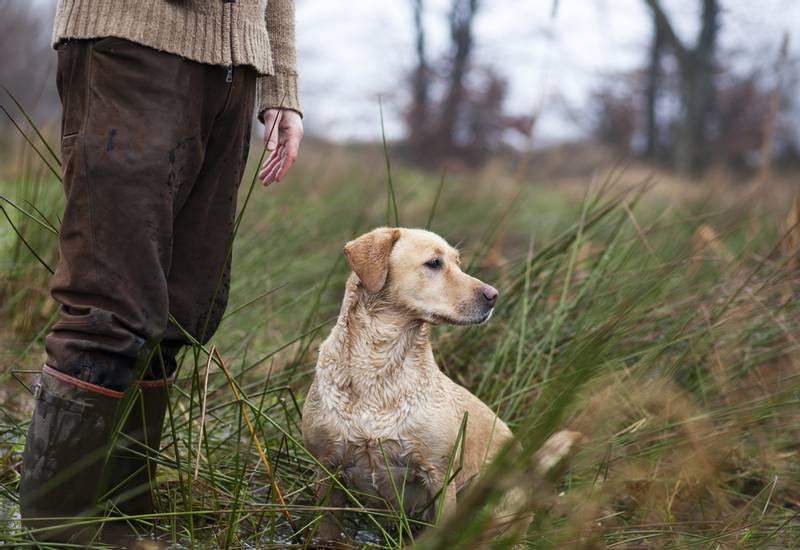
The technique of general training of hunting dogs is no different from the methods and methods generally accepted in general cynology. However, it must be remembered that hunting dogs learn obedience a little more slowly than, for example, service dog breeds. They are more independent and slow to follow commands, and some of them are more stubborn.
The second type of training is special training, which refers to the formation of a dog’s direct hunting behavior. At the same time, the special training of greyhounds and burrowing dogs is called grafting, hounds – driving, pointing dogs – nataska. Laikas are usually groomed, but sometimes they are baited.
Features of the special training of hunting dogs are determined by the type of hunting for which they were created.
Greyhounds are a group of breeds of hunting dogs used for unarmed hunting of wild animals. With greyhounds they hunt a hare, a fox, a jackal and a wolf. The task of the greyhounds is to catch up and grab the beast. They hunt “in a sighted way”, that is, they drive the beast not on the trail, but under the control of vision and without barking. In this regard, greyhounds are trained to chase a visible beast and catch it.
The easiest way to teach a young greyhound to hunt is by imitation, using an experienced, well-working dog as a teacher. If there is no suitable teacher, the greyhound is baited by a decoy animal or, in extreme cases, the carcass of the animal, or even a stuffed animal, is used.
Particular importance in the special training of greyhounds is given to the development of their physical qualities: endurance and speed of running.
The job of a hound dog on a hunt is that it must find the beast by smell, encourage it (raise, make it run) and with barking (voice) follow the trail until it comes out to the hunter and is killed by him.
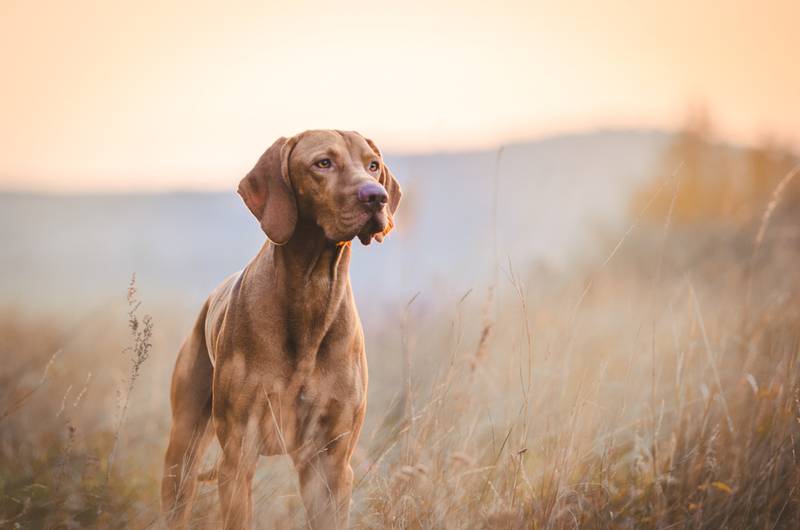
With hounds, they most often hunt for a hare, a hare, a fox, and less often for a wolf, lynx, badger, wild boar, wild goat (roe deer) and elk.
The purpose of the chase is to show the young hound the beast, to let her know that she must chase him and chase him until he is in her teeth, whether she catches him herself or he is killed.
For successful detection of the beast, it is advisable to train the dog to search by shuttle.
The driving is easier to carry out with the help of an already working dog, however, it is possible to train a single young dog both for free and decoy animals.
When preparing hounds for hunting, special attention must be paid to the physical development and training of dogs.
With pointing dogs and spaniels and retrievers that joined them, they hunt mainly for game birds (field, upland and waterfowl). This group of breeds is also called gun dogs, as they work directly under the gun and work before and after the shot.
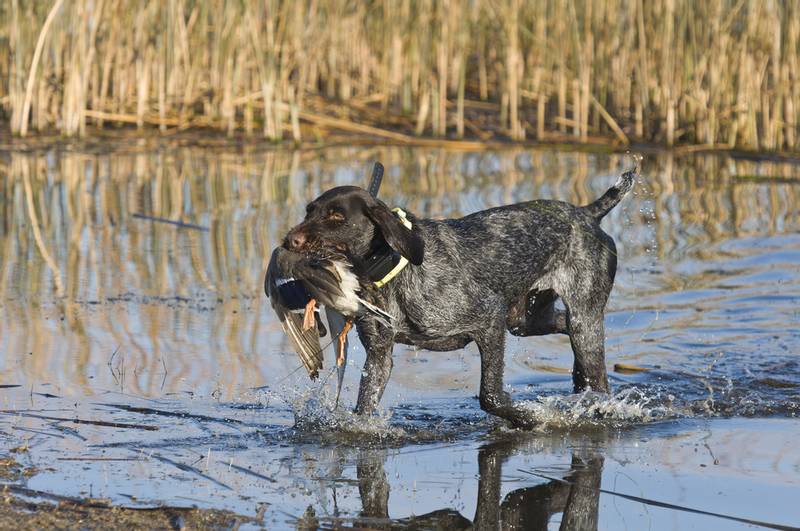
As a rule, a hunting dog moves in front of the hunter (shuttle in the field), searches for a bird by smell, approaches it as close as possible and indicates its presence with a stand (spaniels and retrievers do not make a stand), then, on command, rushing forward, raise bird on the wing, and they themselves lie down or stop. After firing at the command of the owner, the dog finds the killed game and either points to it or brings it to the hunter.
In this regard, gun dogs are trained to search for a bird, moving in a shuttle, on command to raise the bird on the wing (“Forward!”), To execute fixing commands (“Lie down!”, “Stand!”), Look for the killed game and bring it to the hunter (“ Search!”, “Give!”, etc.).
Just as in the training of greyhounds and hounds, a young gundog is easiest to train by imitation. If there is no decent teacher, the dog is trained on a free or decoy bird, on a carcass, or even on a stuffed animal. So that the dog does not have problems with a tray of game, it is taught from childhood .
Burrowing dogs include and a rather large group of terriers of small stature. Burrowing dogs are burrowing because they work mainly in the hole where the animal dug in.
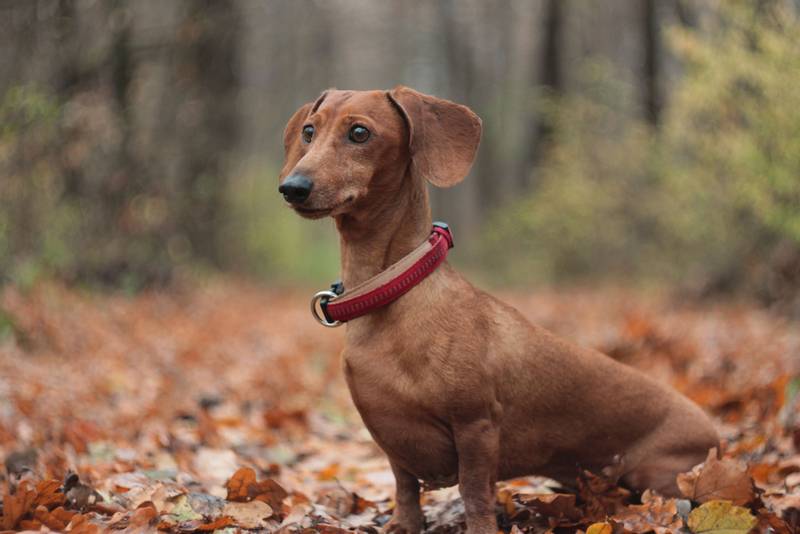
Mostly fox, raccoon and badger are hunted with burrowing dogs. Usually the fox must be driven out of the hole by the dog, the raccoon can be pulled out of the hole alive or strangled, and the badger is driven into one of the dead ends of the hole and, preventing him from burrowing, barks until the dead end is opened by the hunter.
As a rule, burrowing dogs are prepared at special training stations, using artificial burrows for decoy (enclosure) animals and under the guidance of an experienced specialist – a norm master.
A burrowing dog must go into a burrow without fear, be brave in relation to the beast, be able to drive out the fox, and, if necessary, fight the beast and be able to defeat it.
You can, of course, try on your own to bait a burrowing dog against a free animal, but then you will have to hunt with a shovel all your life.
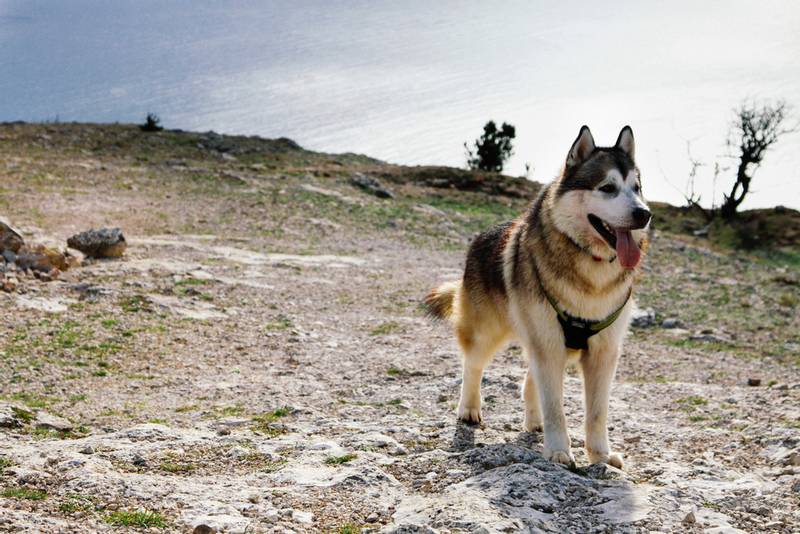
Laiki is a universal group of dogs. With them they hunt fur-bearing animals, ungulates, wild boar, bear, upland and waterfowl. As a rule, a husky finds an animal or a bird by smell and indicates its location by barking. If necessary, the dog fixes the animal. Laika easily feeds the killed bird and small animal.
Huskies are trained to hunt wild boar and bear using an open-air animal. It is not difficult to train a dog to hunt fur-bearing animals, ungulates and birds with the help of an experienced dog. Often decoy animals, and even carcasses, are used for training. There are training stations where you can teach a young husky to hunt a fur-bearing animal (squirrel, marten) and with the use of enclosure animals.
When preparing hunting dogs, it should be remembered that not all puppies from a litter of even well-working parents will be able to become hunters. And it is absolutely not necessary to start dogs of hunting breeds as companions. These dogs are made for work and suffer without it.



